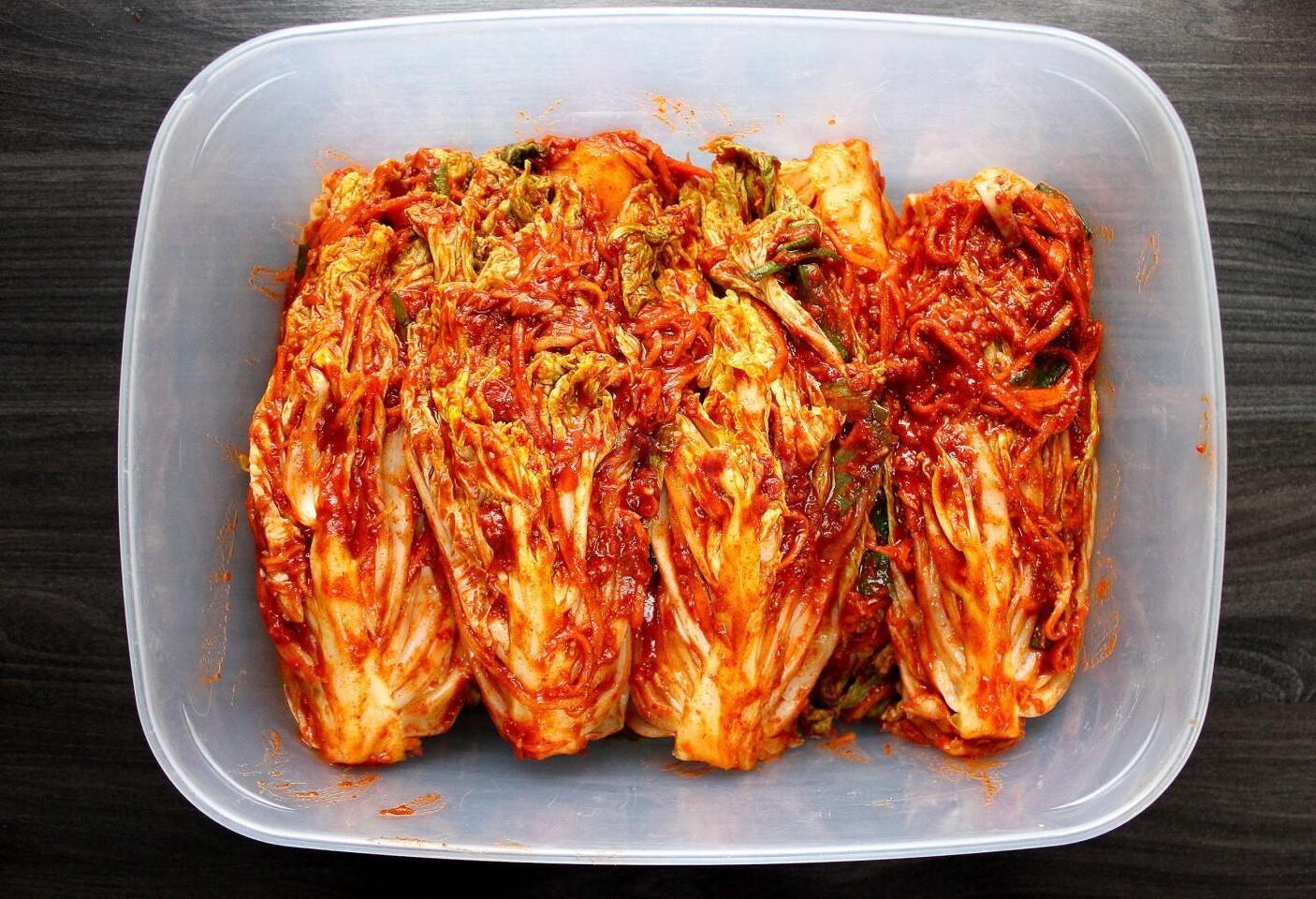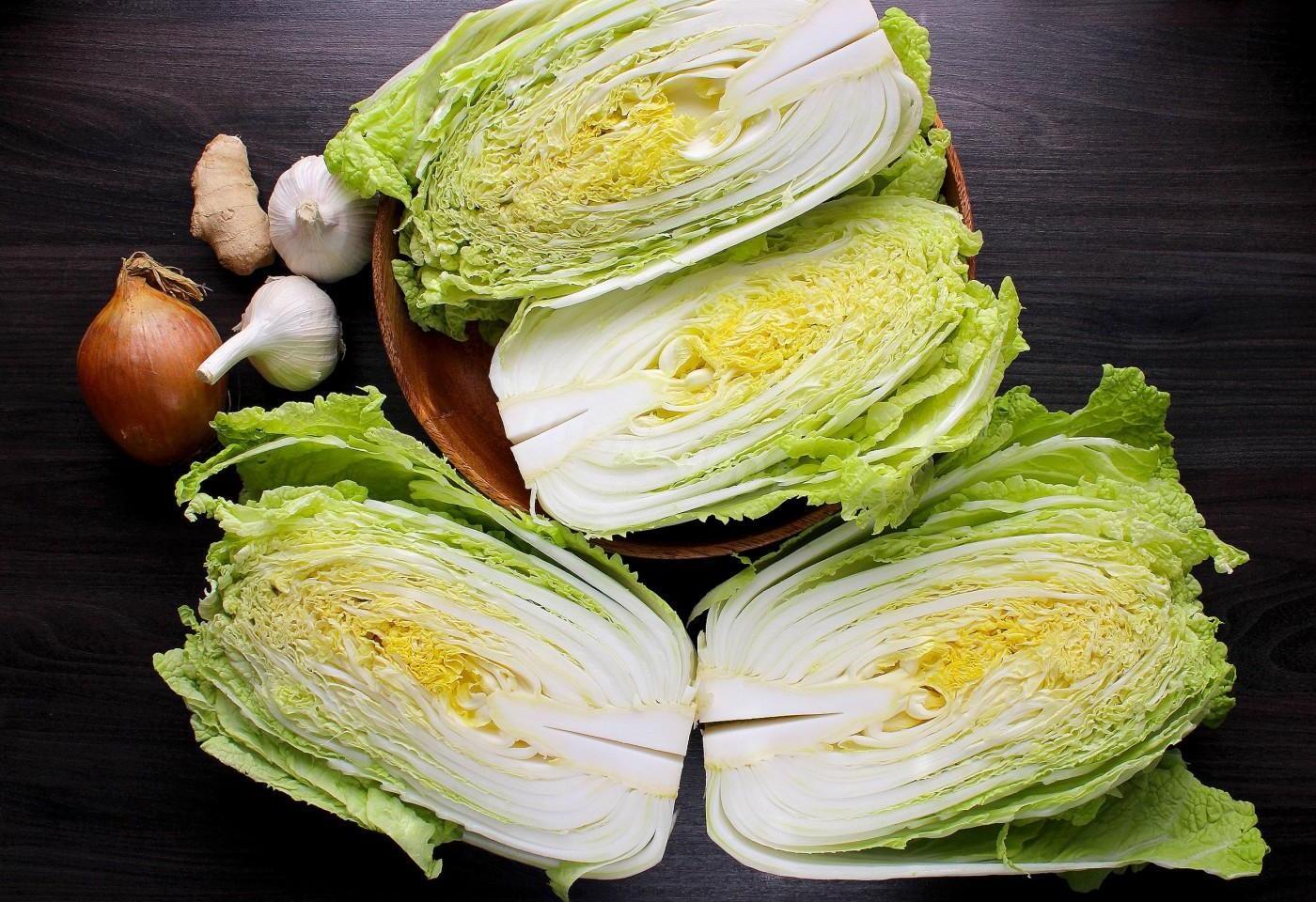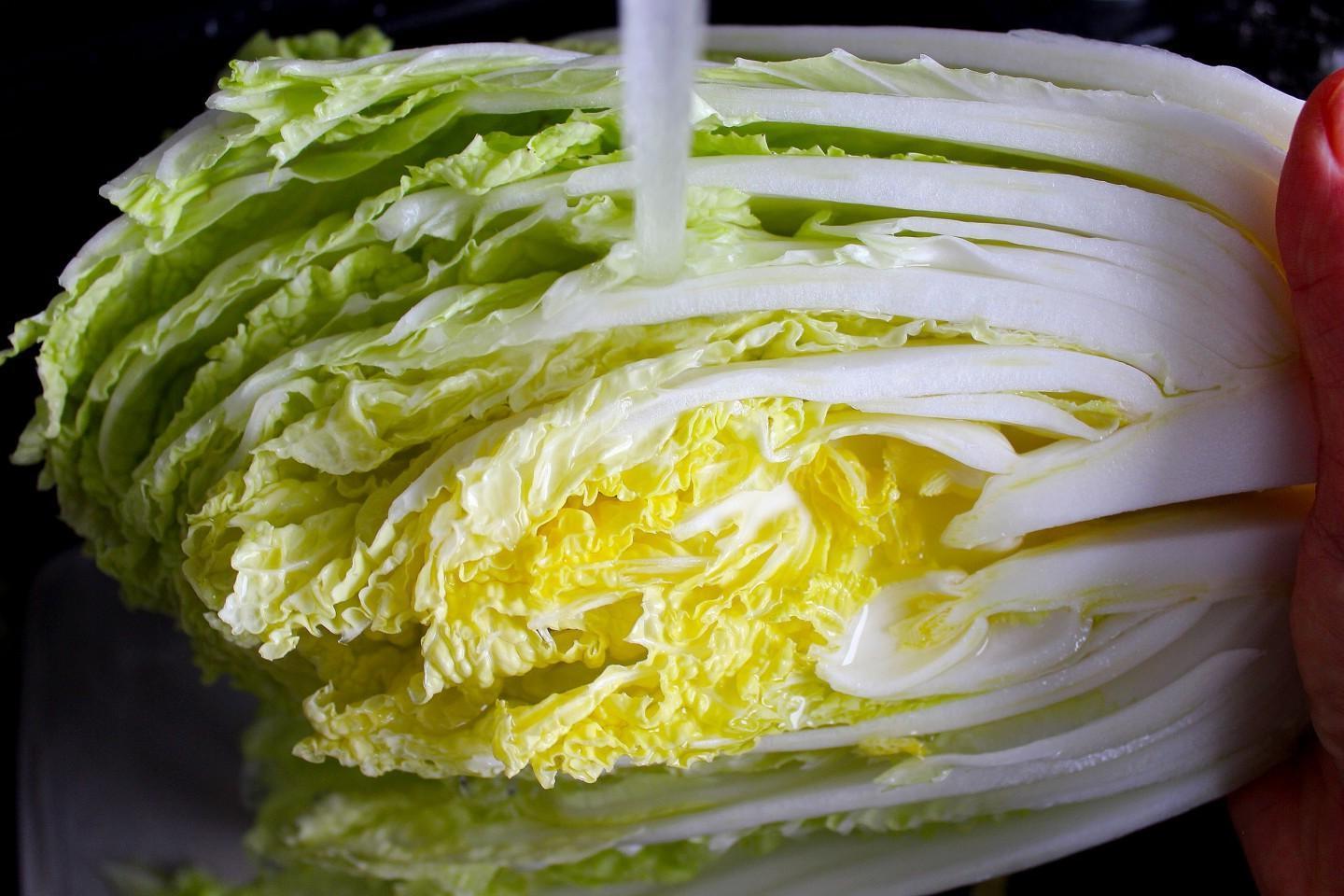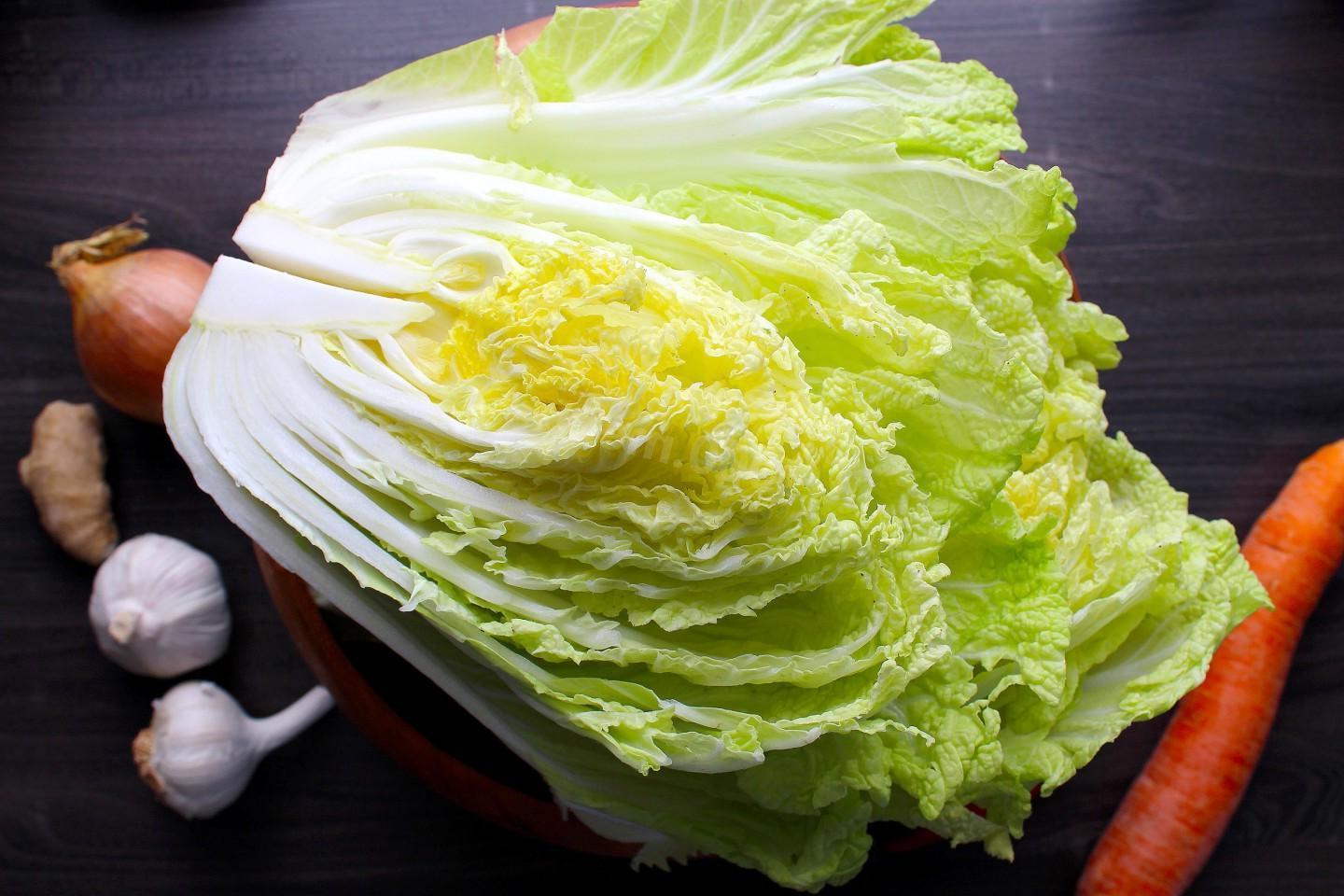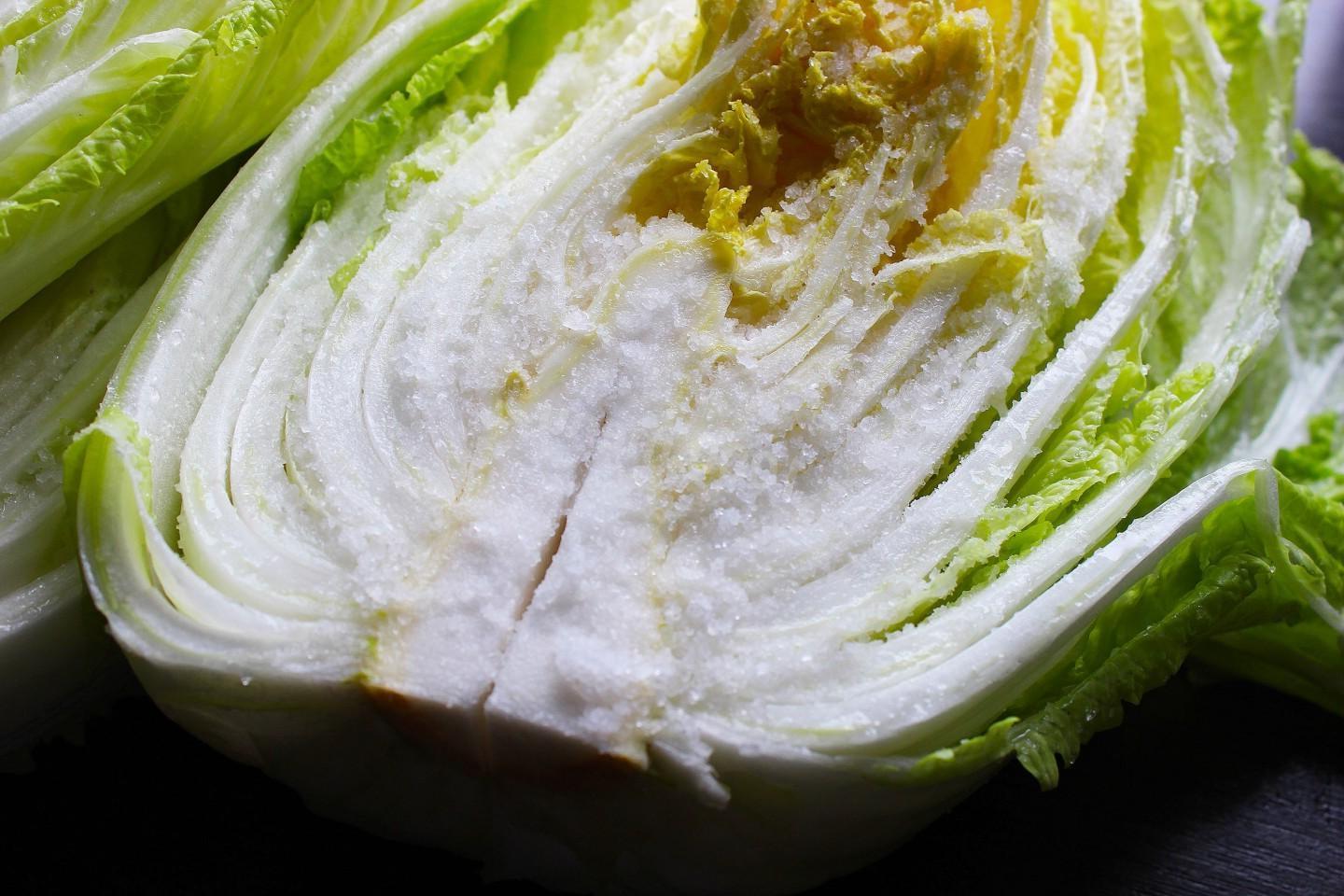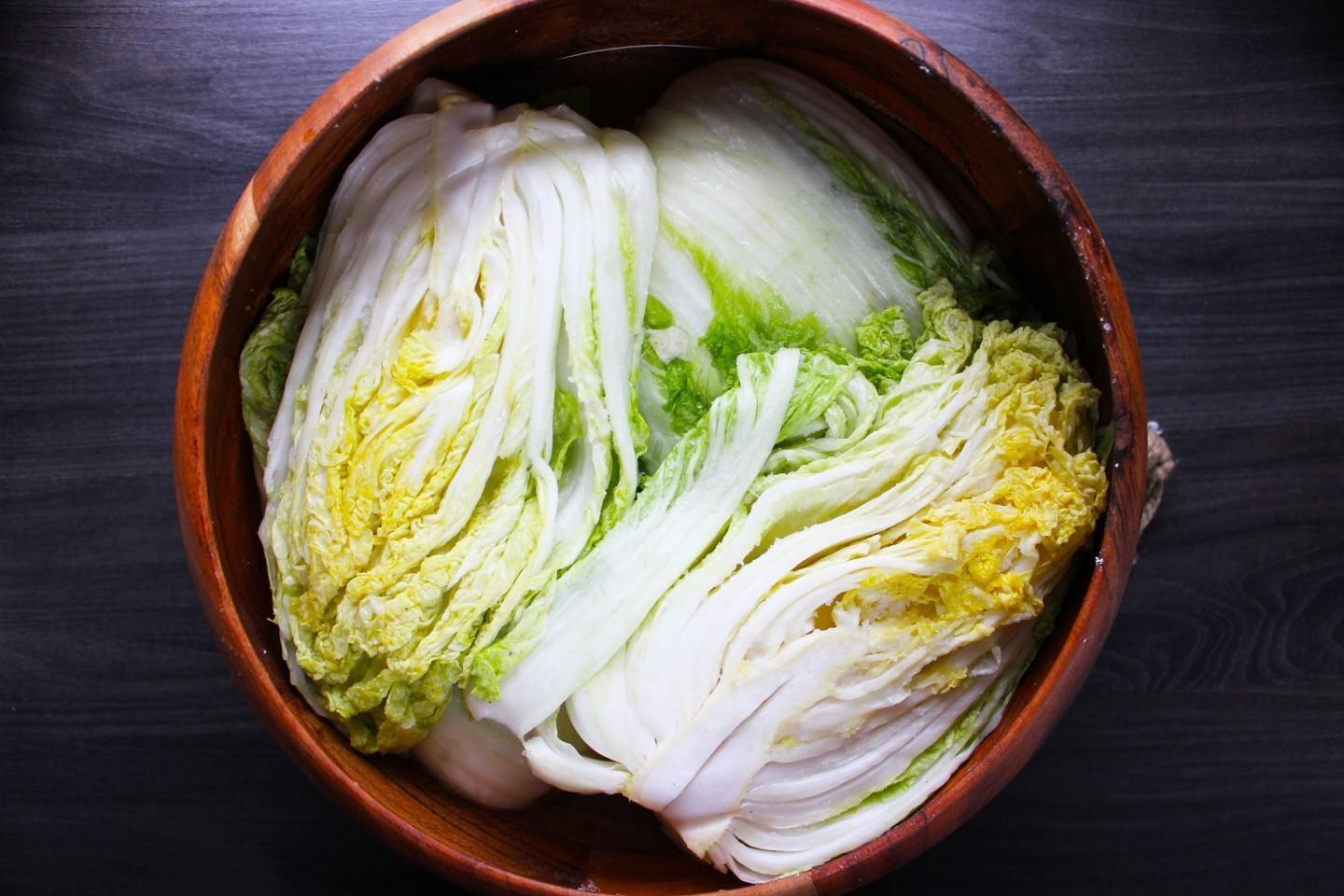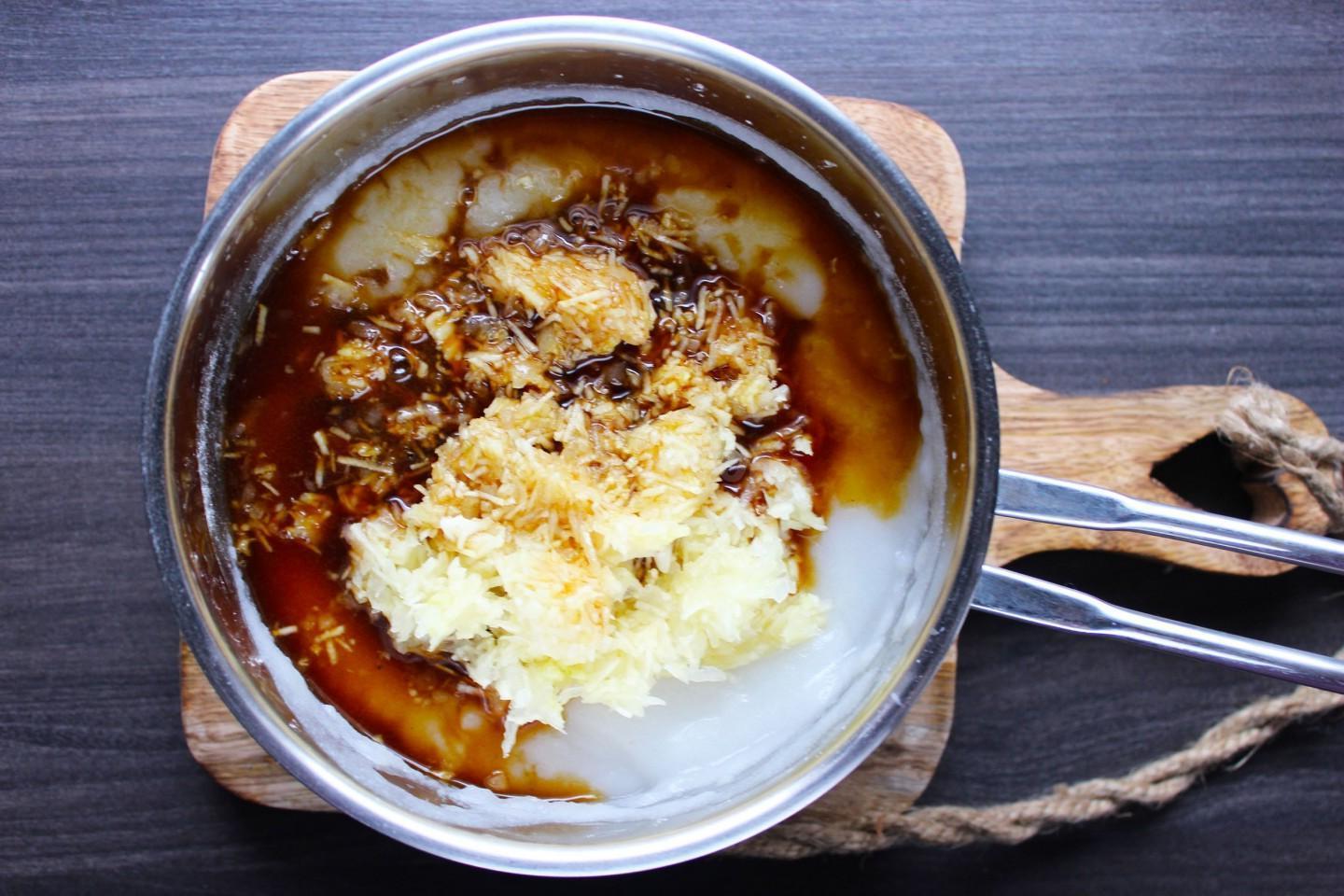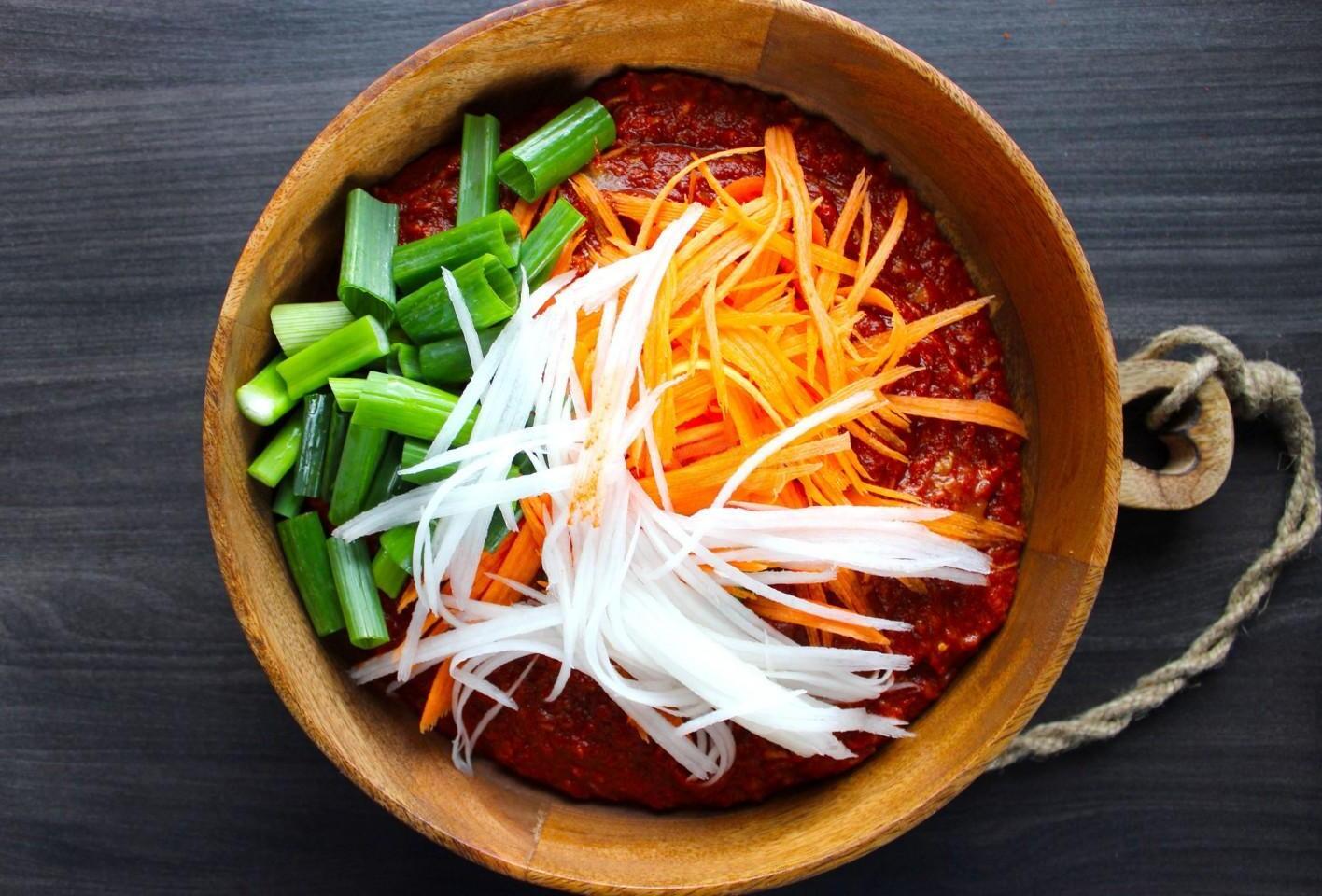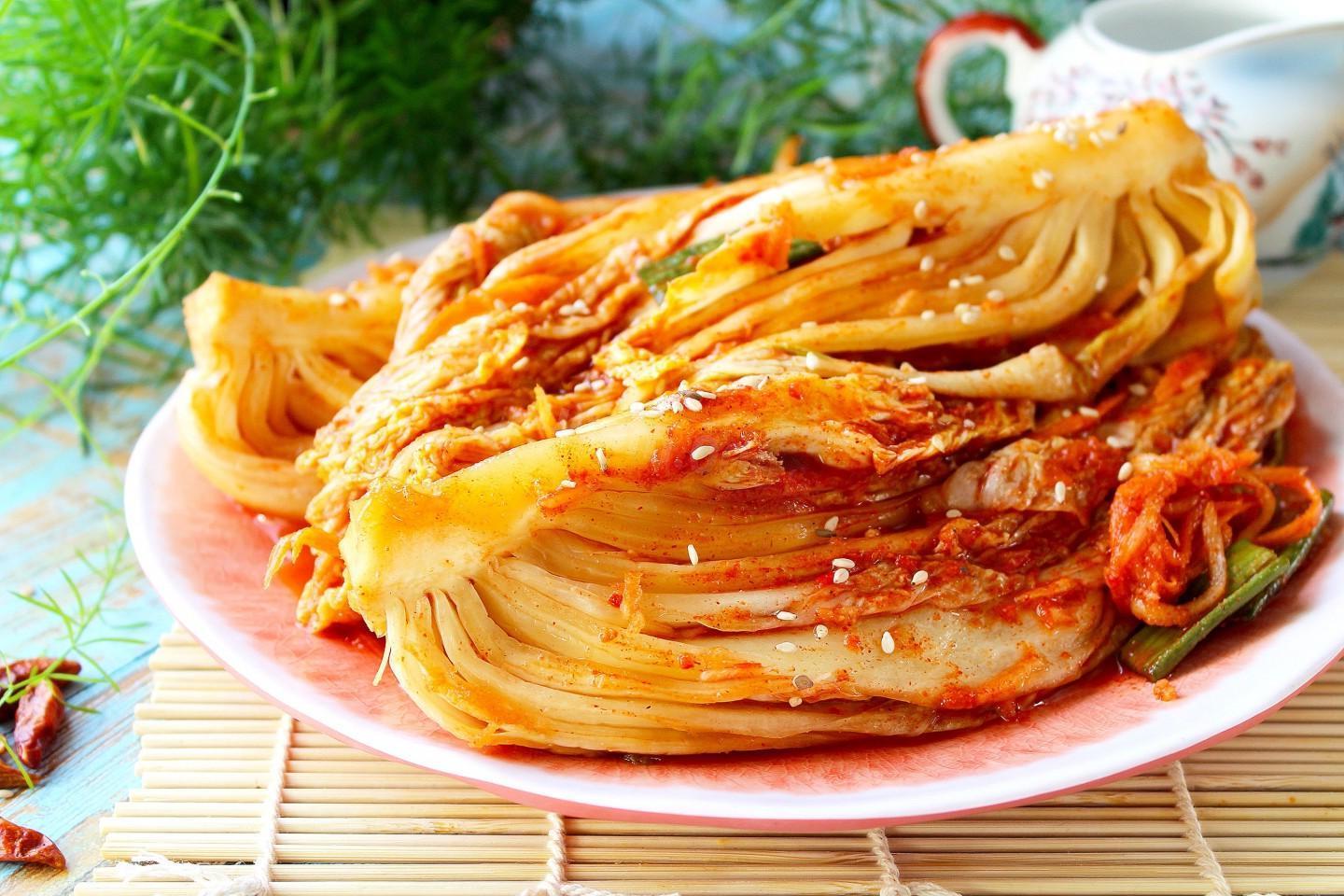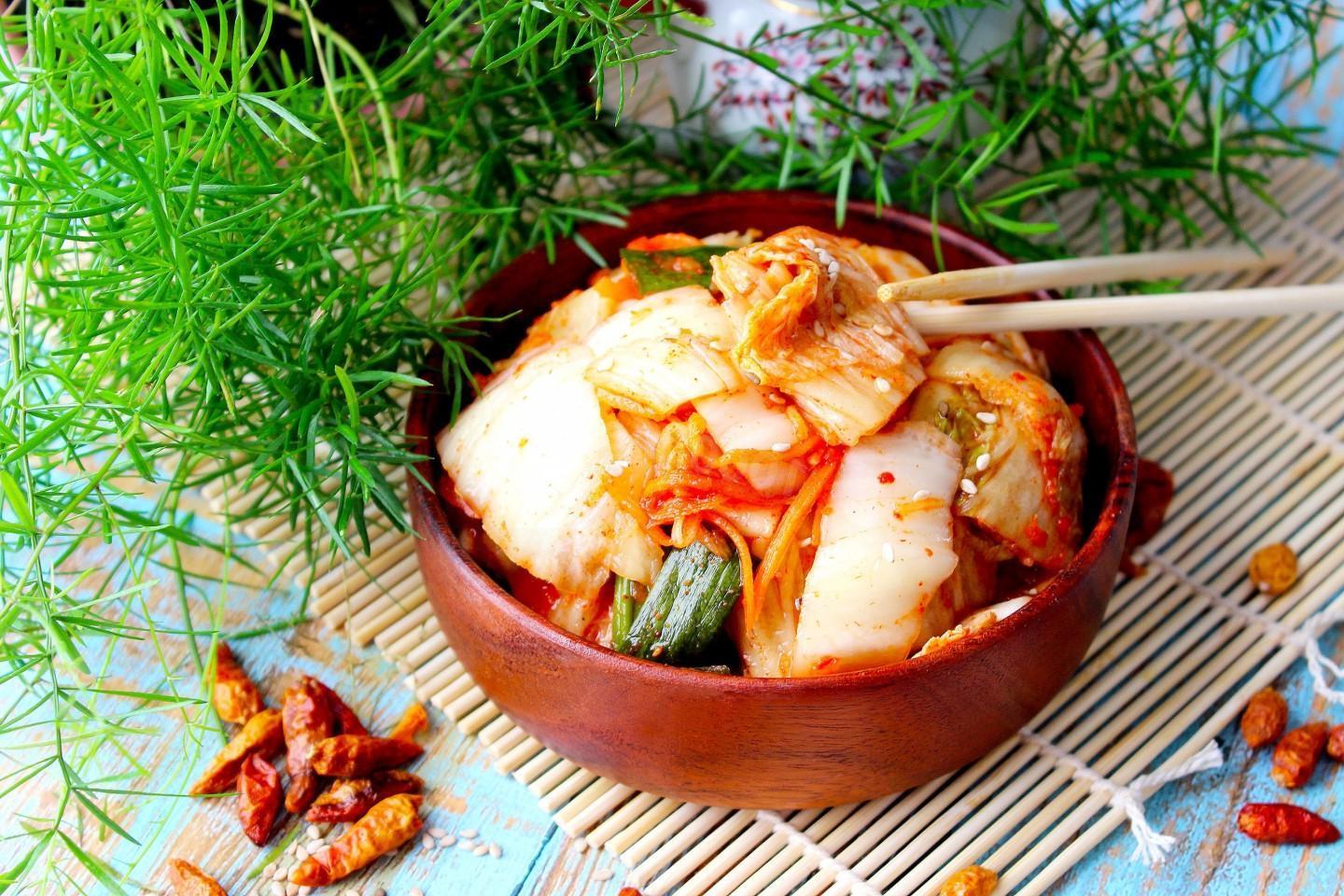Simple & Spicy Korean Kimchi with Chinese Cabbage
Spicy, spicy, bright! Simple, but amazingly delicious! Chinese cabbage kimchi will decorate any holiday table, family dinner or outdoor gathering if offered with kebabs. This appetizer is perfect for meat, potatoes and more. The most delicious kimchi!
cook time:
39h
Hazel Farrow

Nutrition Facts (per serving)
31
Calories
9g
Carbs
1g
Protein
Ingredients (12 portions)
Basic:
Onion
1 pc
Garlic
(2 heads)
to taste
Sugar
3 tbsp
Ground hot pepper
(Korean pepper Kochukaru, you can use chili)
150 g
Ginger
20 g
Green onions
80 g
Carrot
200 g
Soy sauce
(fish sauce)
100 ml
Chinese cabbage
2 kg
Rice flour
2 tbsp
Daikon
200 g
Recipe instructions
Step 1
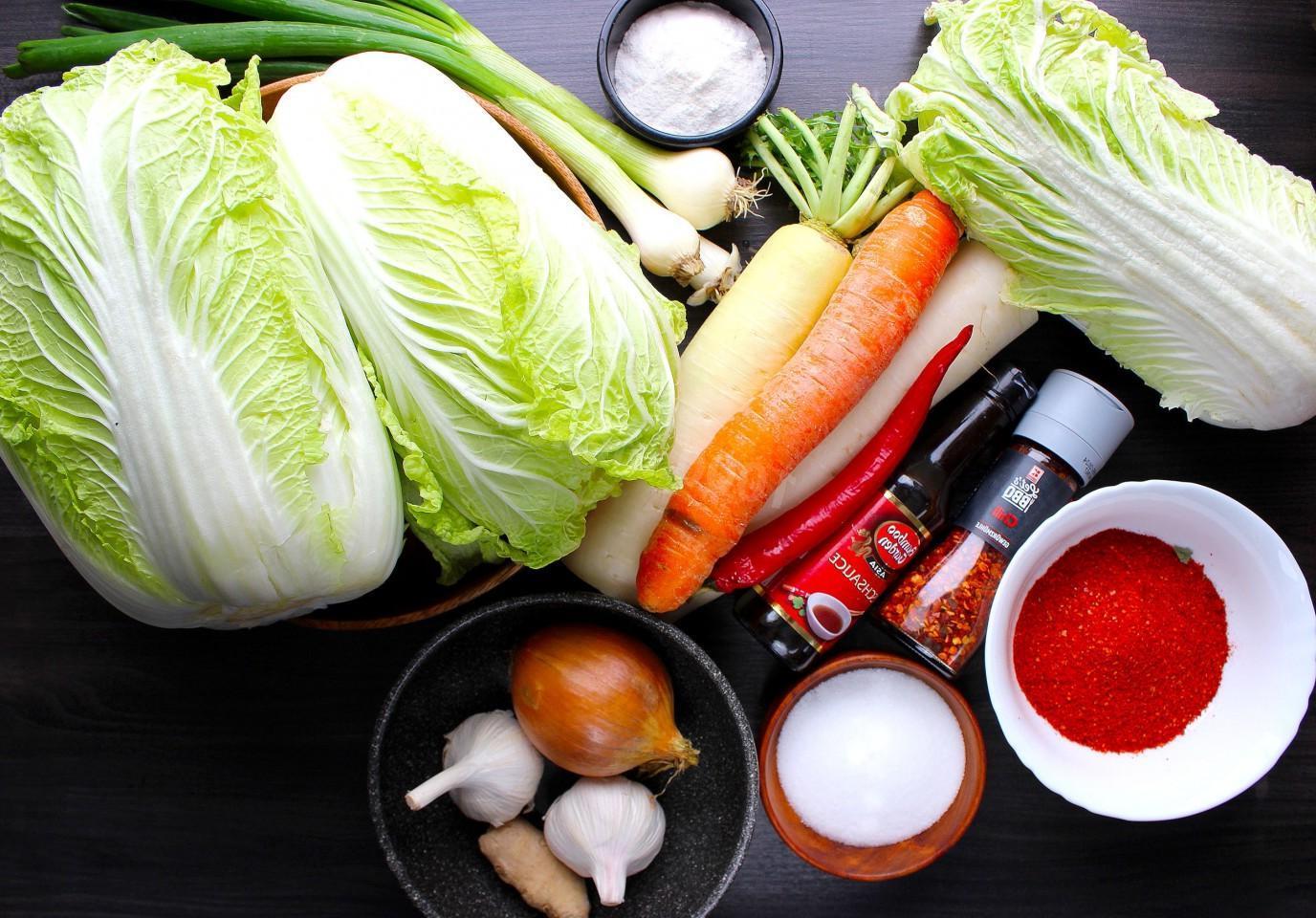
Step 3
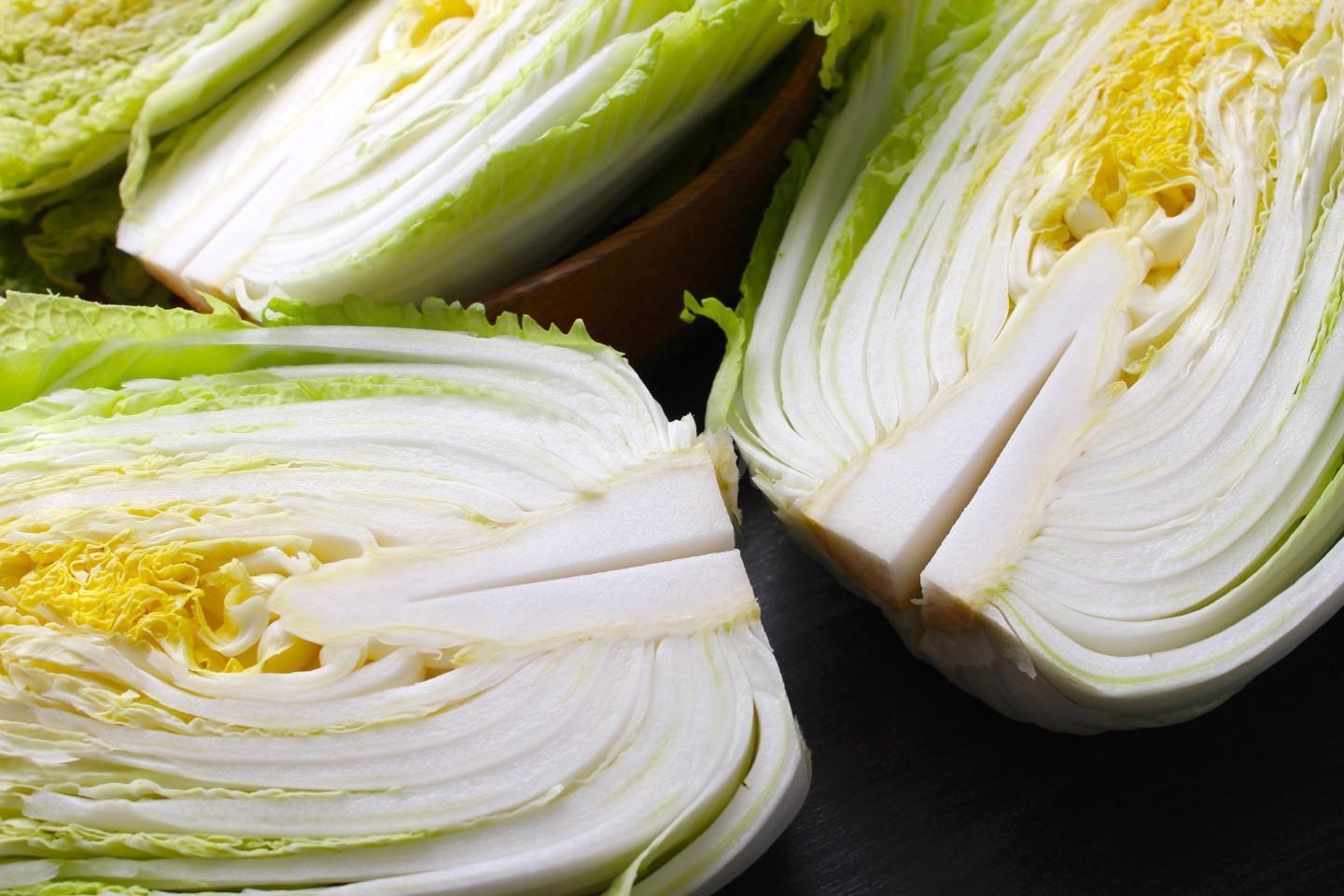
Step 6
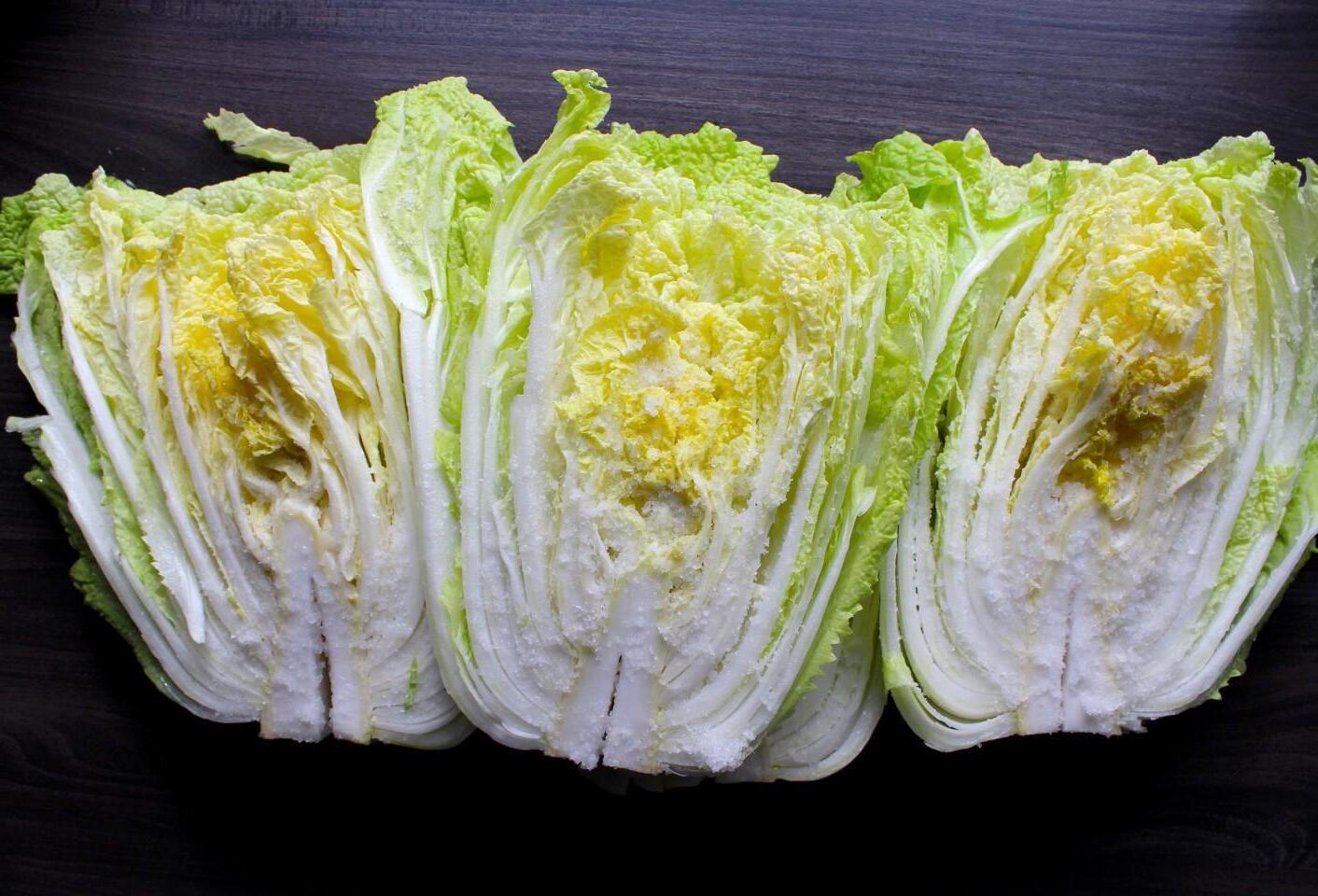
Step 8
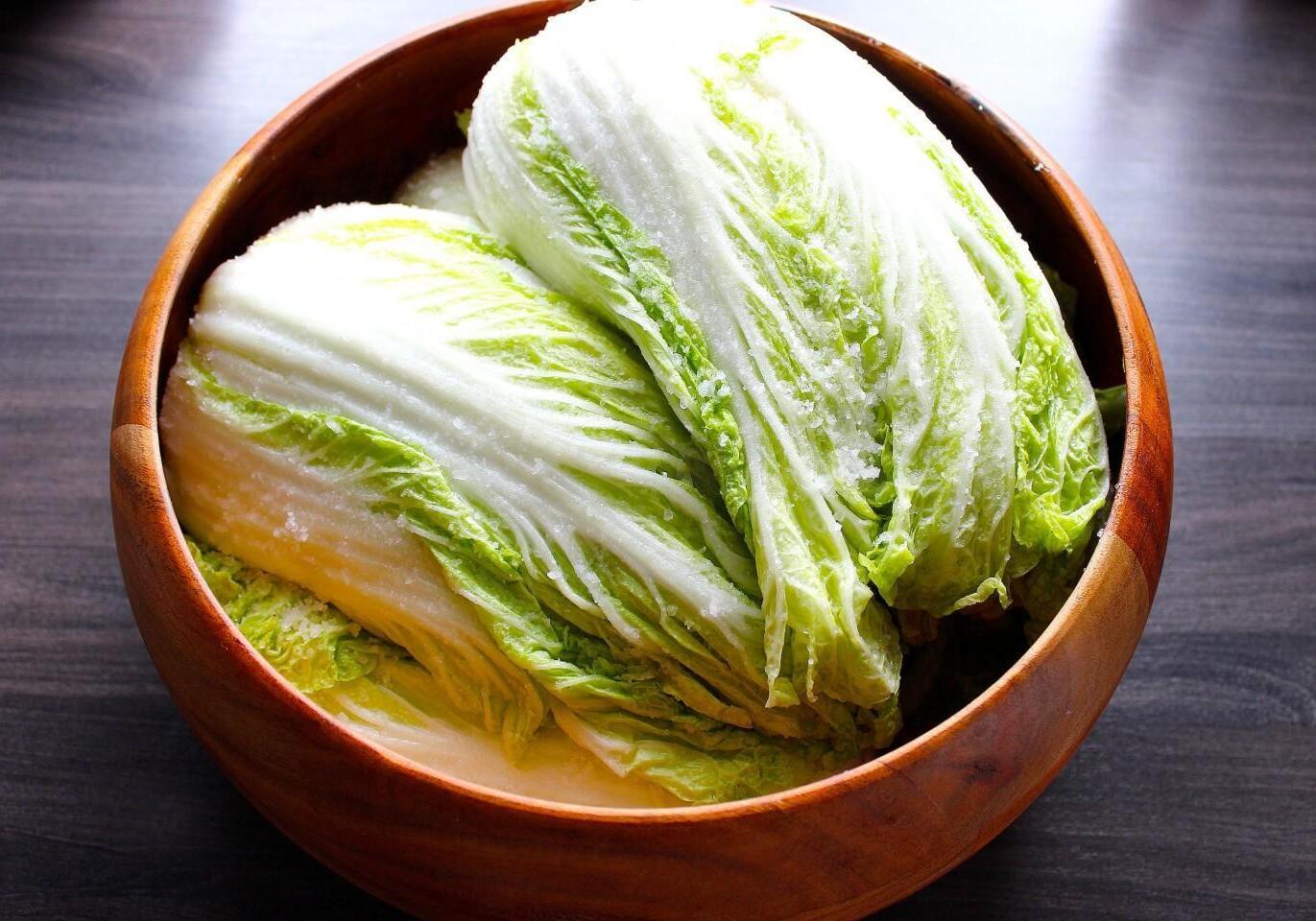
Step 10
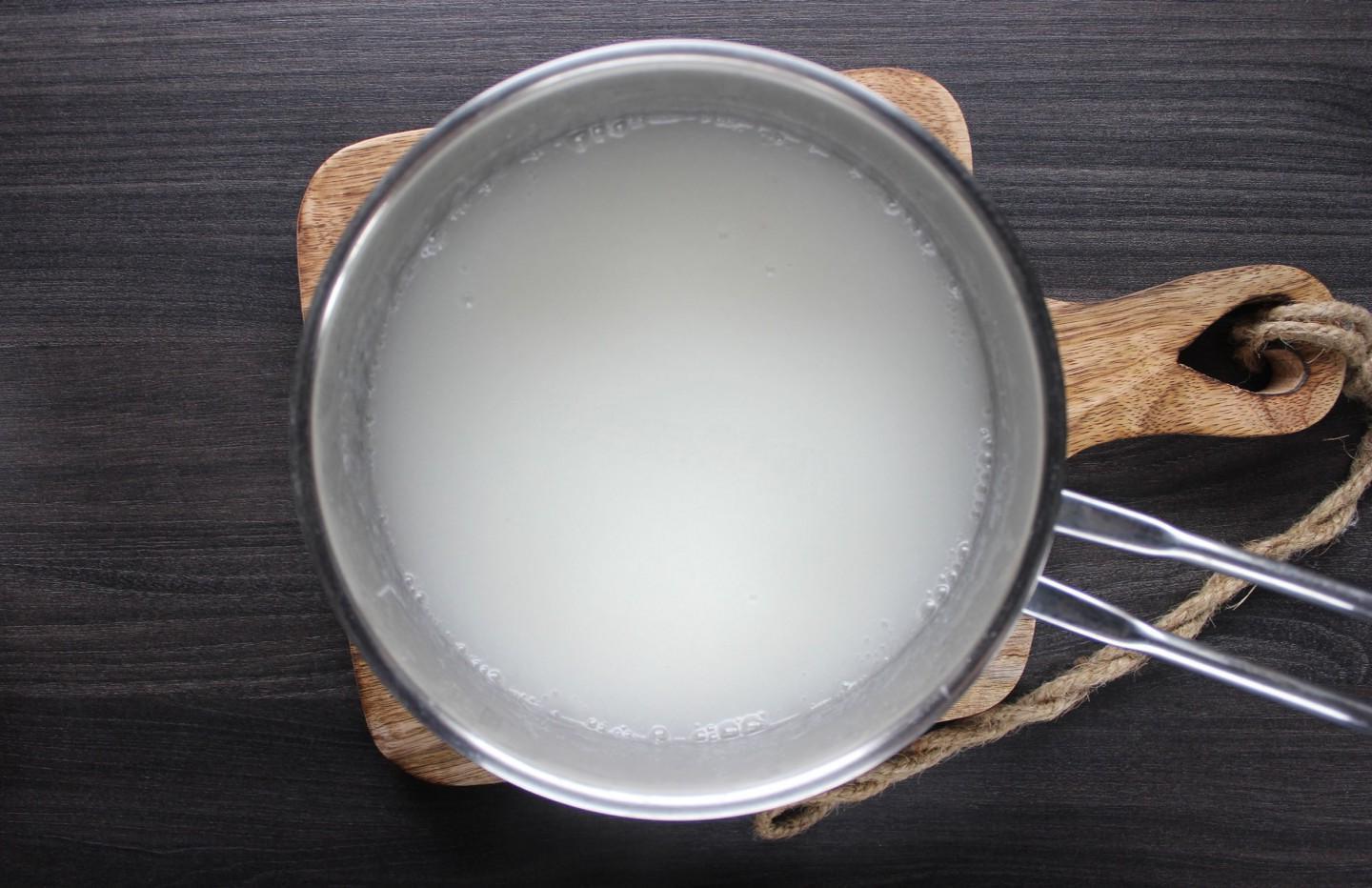
Step 11
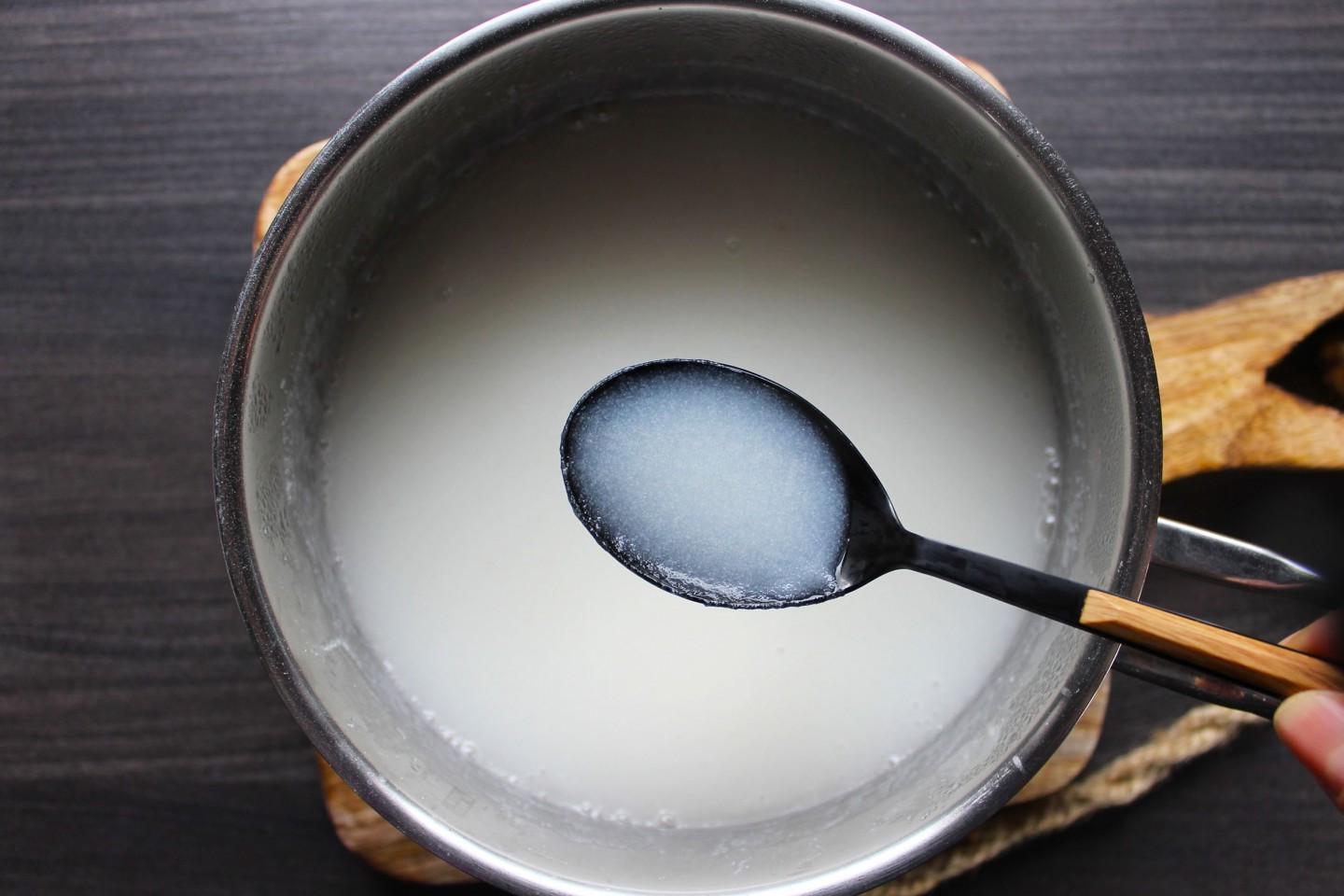
Step 13
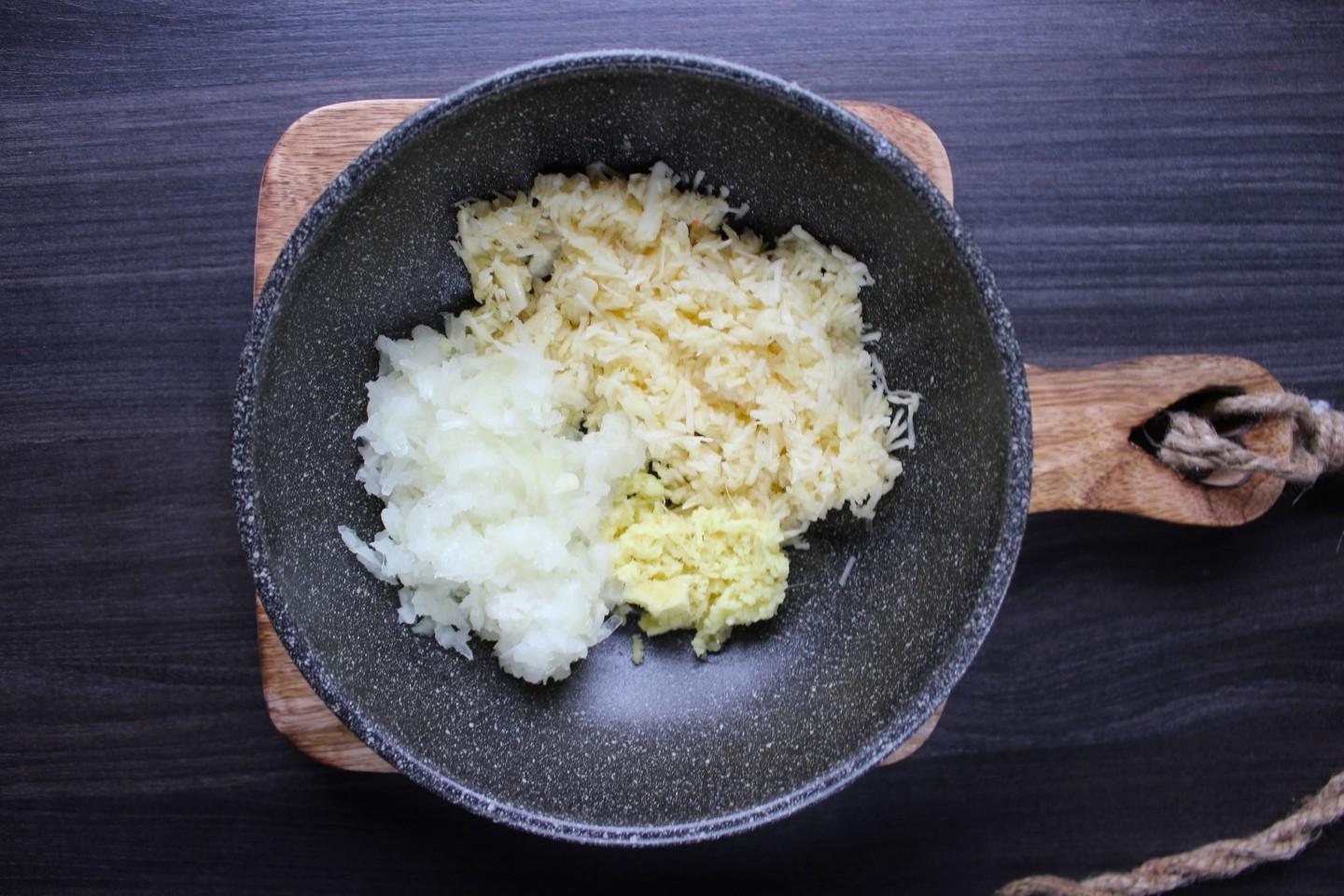
Step 15
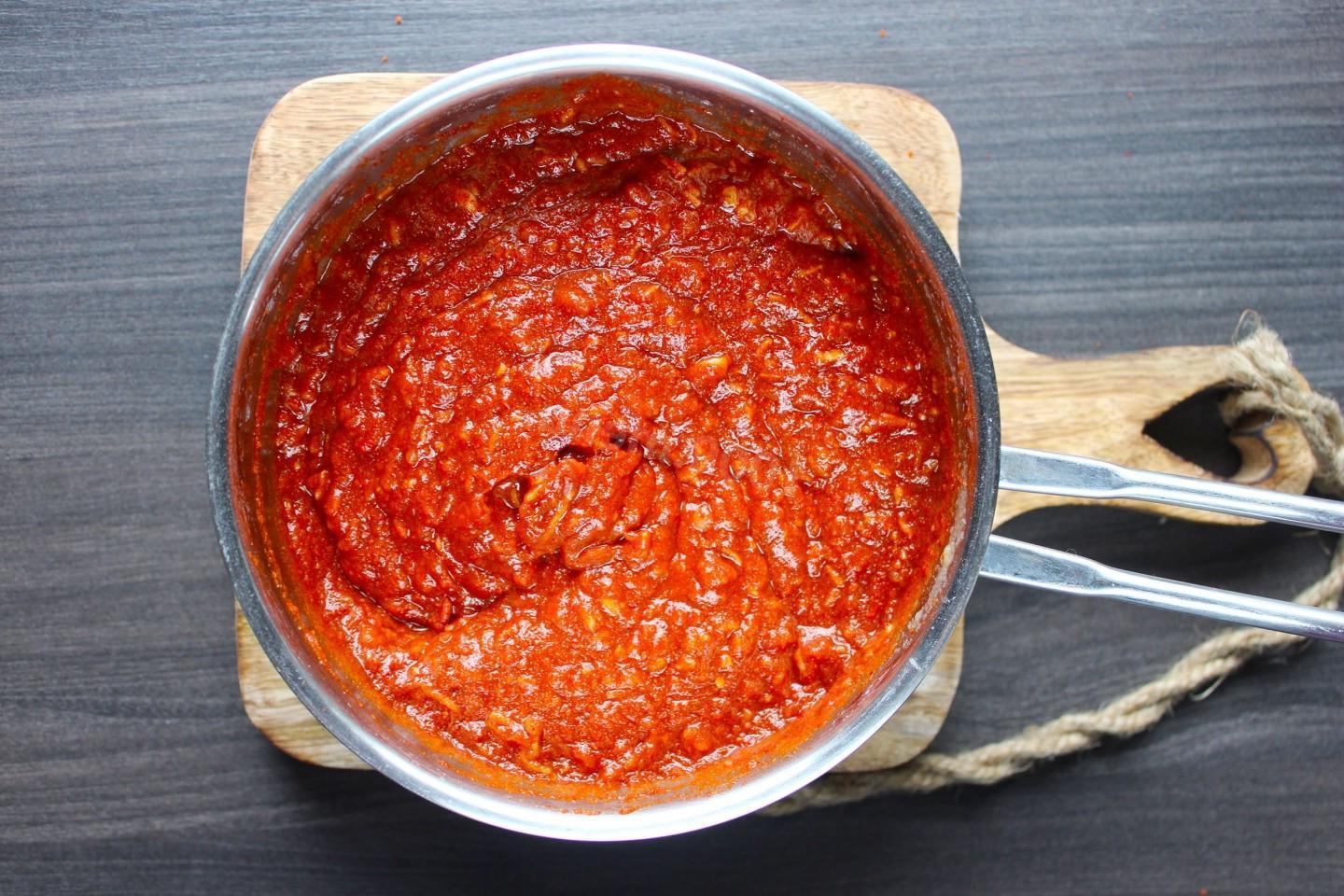
Step 16
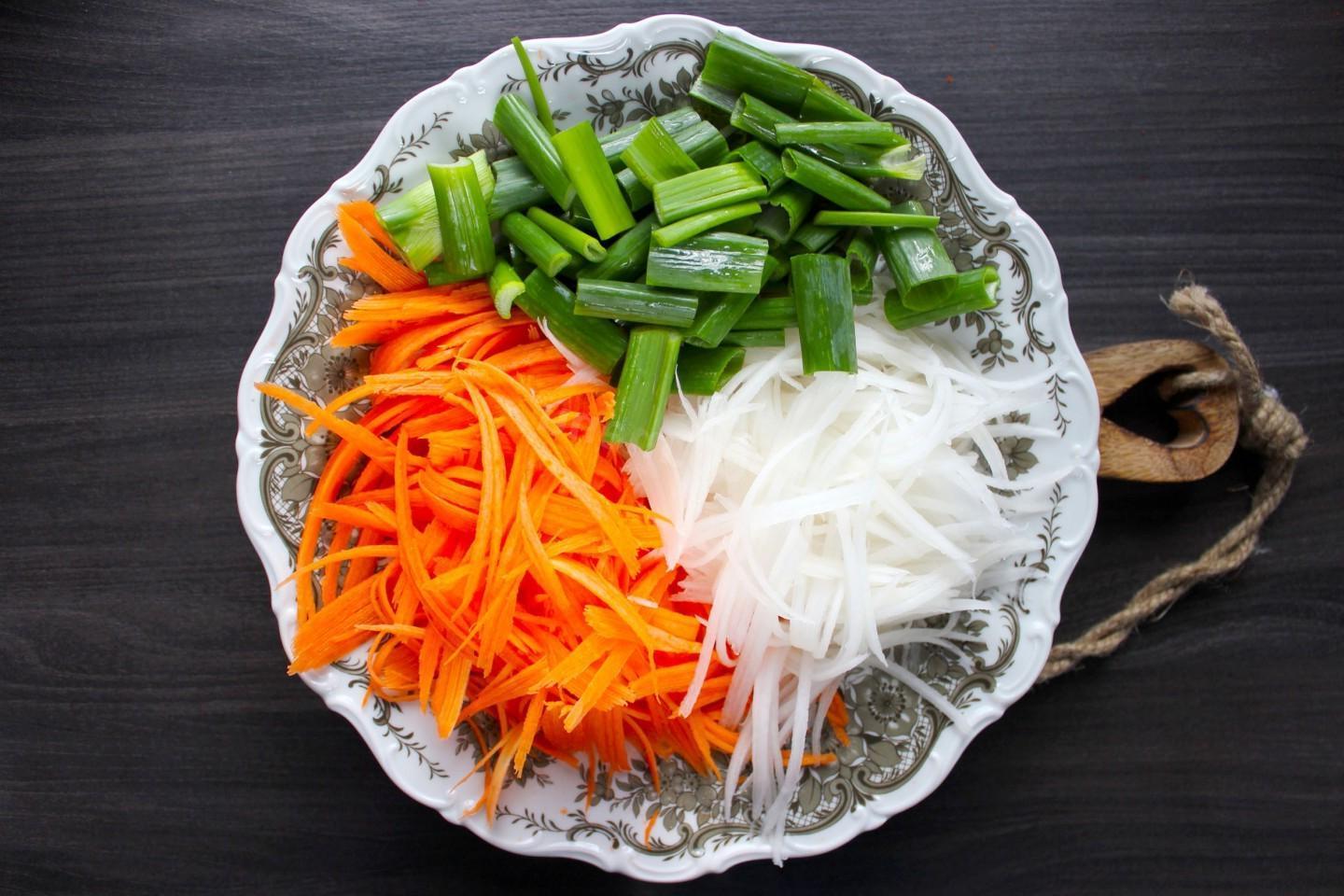
Step 19
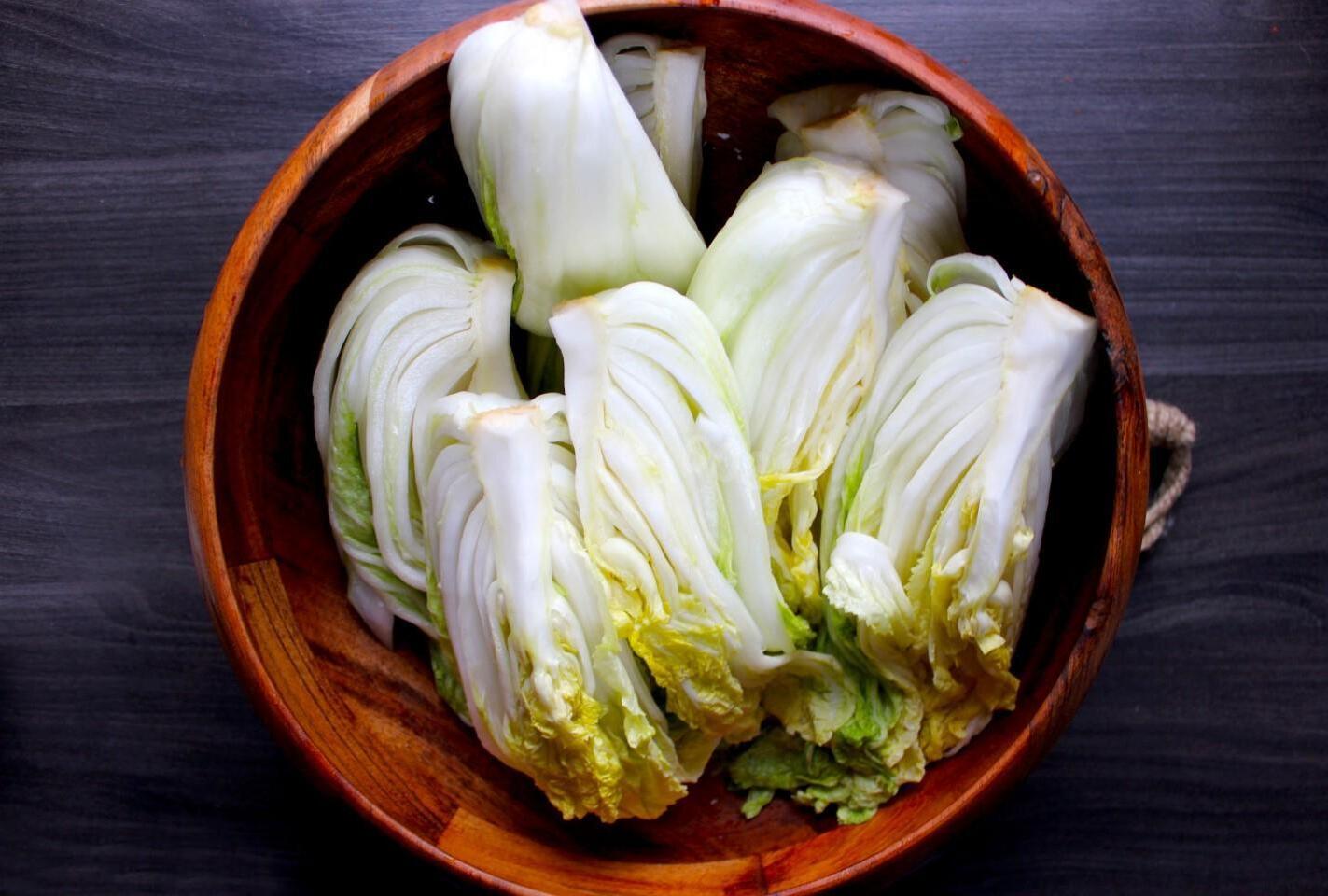
Step 20
